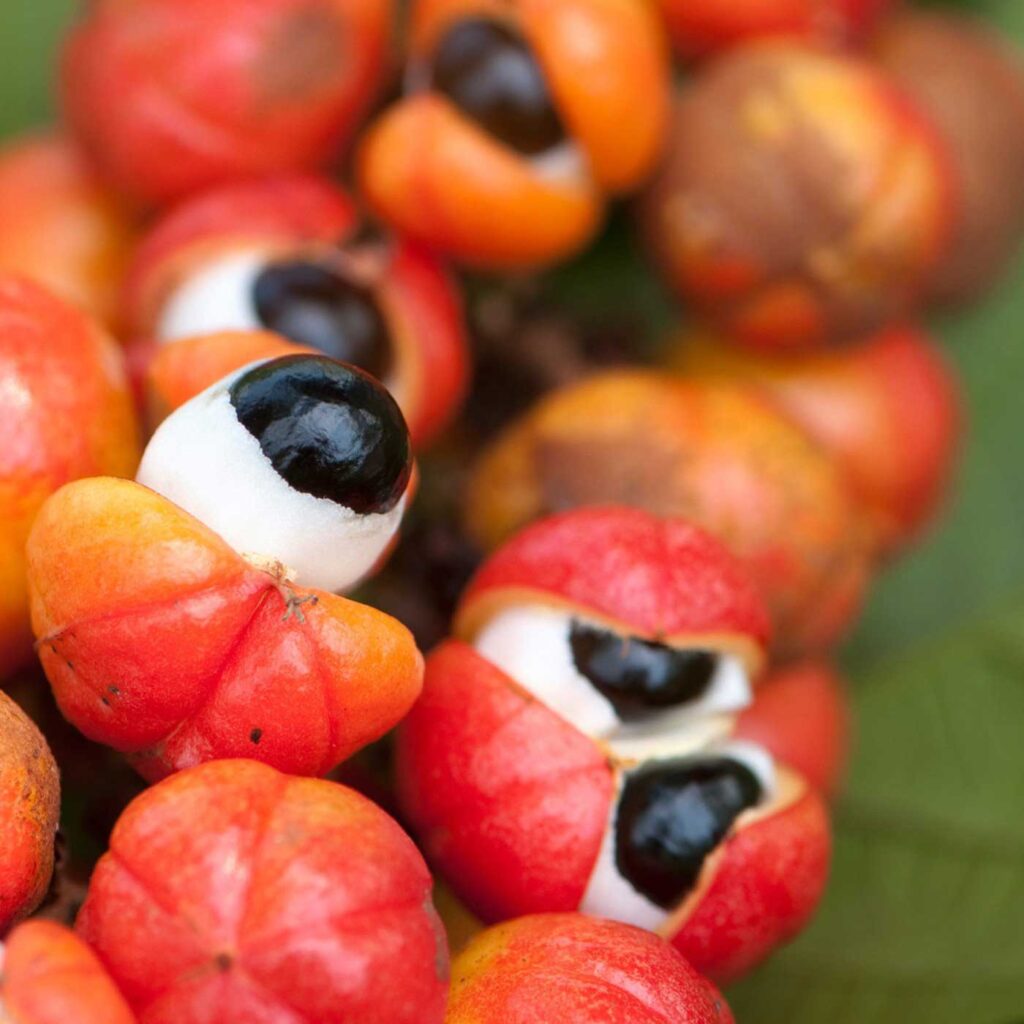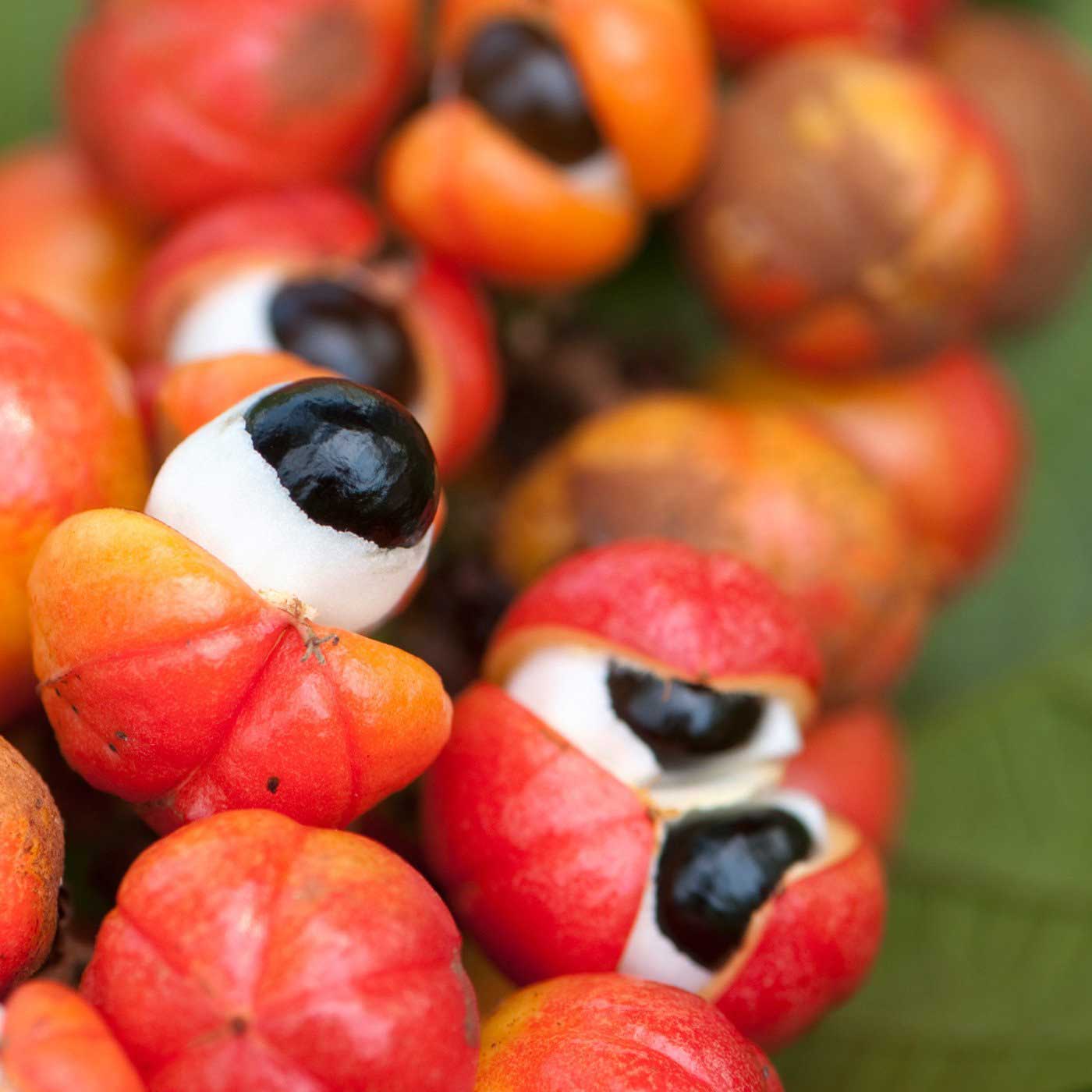
To be one with the land, the earth, the plants and animals of home is probably the most primal and natural feeling in man. For our society grew among these stones, under the shade of these trees, in the waves of these waters. Sometimes, however, it is difficult to even imagine this; too much war, displacement and destruction has happened, so that many grow up far from their homeland. The fact that the connection to oneself – to nature – has been forgotten leads to the greatest catastrophes worldwide today. Is it not always nature in which we find ourselves? Isn’t it mother nature that we long for the most? It is not worth despairing, but starting small. As soon as we are a little closer to ourselves, we can also do great things for our society. For as soon as the scent of freedom emanates from us, we too have an attractive effect. That is what can make us pioneers in building a democratic society. As soon as we recognise our deep connection with nature, Mother Earth, and return to her, there is no problem that we cannot solve. After all, Mother Nature created everything, the good and the bad, the problems and the solutions. In order to come a small step closer to ourselves, we turn to the natural solutions. And that also in everyday life! We start by turning to natural healing herbs and ancient plant traditions in order to feel Mother Nature’s power of solution also in our own bodies.
-Kava Plant
History: The plant Kava Kava (Piper Methysticum) is a medicinal plant that has been used in the South Seas for thousands of years. The rootstock (rhizome) of the narcotic pepper (= kava kava) was used in religious ceremonies on the Pacific islands as early as 3000 years ago, and from there the knowledge of its effect on the natives of Australia and Hawaii spread with the colonizers to the USA and Europe.
Its use is varied; it goes from medicine to stimulant. Kava Kava is used as a drink in ceremonies and offered to guests as a welcome drink.
Plant: The narcotic pepper is a 2 to 3 m tall, dioecious bush with a knotty main sprout. Its leaves are very large (13 – 28 cm long, 10 – 22 cm wide), with downy hairs on the underside and a deep heart-shaped base and large stipules. Numerous small flowers are in a spike-like inflorescence up to 9 cm long. The underground rootstock (the rhizome) is branched and succulent; many roots extend downwards from it.
Effect: Kava kava has a relaxing, performance-enhancing and anxiety-relieving effect; in higher doses it can even cause euphoria. Kava kava was and still is consumed at all religious festivals. It provides inner peace, a balanced mood and increases inner alertness – without anaesthetising. The kava kava pyrone has no narcotic effect. The stimulating and brightening effect of kava kava is recommended for any state of tension in the human body. The roots act as a natural antidepressant. Anxiety and restlessness are reduced – a healthy and restful sleep can take place. The indigenous people use the kava kava herbs for menstrual cramps, cramps in the abdomen, back problems, stiff neck and other tensions in the body caused by stress.
Use: Making the drink is simple: just pour water or coconut milk over the powdered roots of the plant. Chewing the fresh roots immediately after harvesting also allows the extract to be absorbed.
-Guarana
History: Lightly roasted as well as fermented seeds are used. The paste has been prepared in the Amazon since very ancient times, by crushing the almond with water. It is presented in the form of sticks or turtle; resistance symbol . These forms are then dried in the sun or in the oven and then eaten. In this region of Brazil, the dough is used to prepare refreshing and tonic drinks.Traditionally, in a calabash, a stick of guarana is grated using the dried tongue of a giant fish, the pirarucu , which inhabits the Amazon basin. We do this every morning, so as to obtain the equivalent of a teaspoonful of guarana powder, to which we add a sufficient quantity of water. After ensuring that all the powder has been properly dissolved, this drink is taken on an empty stomach.
Plant: Guarana is a Brazilian plant native to the Amazon basin. Also known as Paulinia cupana, it’s a climbing plant prized for its fruit. A mature guarana fruit is about the size of a coffee berry. It resembles the human eye, with a red shell encasing a black seed covered by a white aril. It has been used by indigenous Amazonian tribes for its therapeutic effects for centuries. Valerian is a perennial plant that is native to Europe and grows up to 2 feet tall. It is grown to decorate gardens, but also grows wild in damp grasslands. Straight, hollow stems are topped by umbrella-like heads. Its dark green leaves are pointed at the tip and hairy underneath. Small, sweet-smelling white, light purple, or pink flowers bloom in June. The root is light grayish brown and has little odor when fresh.
Specialties: Guarana is loaded with compounds that have antioxidant properties. In fact, guarana has an antioxidant profile similar to that of green tea. Research has shown that guarana may improve your ability to learn and remember. Guarana may reduce the risk of heart disease in two ways. Interestingly, guarana may have properties that help promote weight loss. Guarana is commonly touted for its ability to reduce fatigue, boost energy and aid learning and memory. It has also been linked to better heart health, weight loss, pain relief, healthier skin, lower cancer risk and a decreased risk of age-related eye diseases.
Grow it Yourself: You can grow the plant also on a balcony or in a garden. Flowering and fruiting occur in the second year, during spring. You need to wait for several years until when the plant becomes large for a good harvest. Guarana is a tall climbing shrub that appreciates a sunny location. Keep your pots in a warm and sunny area for best growth and fruits. Avoid growing it in a shaded spot.
How to use the berry:
Dry form:
- As a food supplement, in the form of standardized fresh plant extract, dry extract, powder, in capsules .
Liquid form:
- Standardized fluid extract of fresh plant : 5 to 10 ml per day in a glass of water.
- Honey glycerin fluid extract : 5 ml once or twice a day in water.
- Infusion : 0.5 g to 1 g of powdered guarana or a few seeds, for 200 ml of water for 5 to 10 minutes, to be consumed once or twice a day.

